Why did you choose to do altitude training?
As a busy self employed, mother of three I wanted to use my time wisely, I knew it wasn’t only about running further….but smarter. As I didn’t have years of endurance base under my belt, I thought there must be better ways than just building fitness on the hard urban pavements. I had heard about the positive effects of Altitude Running, did some online research and found what I was looking for in my local area. I had to give it a try!
What do you like about it?
I like so much about it, all the variables/options - I can feeling it working my internal systems, in a tailored way to suit my goals and training but without putting the same stress on my joints and muscles. Awesome to do on a cold, wet, windy day. Can also be done when injured or recovering back from injuring (so you don’t lose all your fitness). Gives me confidence going into a race, knowing that I’ve made the most of my time with a balanced training program.
What method (passive or active) did you choose to use and why?
I started with passive, for about 2 weeks, then progressed as I adapted and got use to it and went to active. Which I know do most of the time, unless I’m tired/injured/or building, then you can always add another passive in there.
How has it impacted your training, racing or health?
It has defiantly impacted all areas of my health and fitness - it’s another tool in my belt, it gives me options to manage my training depending on the circumstances. This makes me feel like I’m always moving forward, which gives me confidence.
Was there anything that surprised you that maybe you were not expecting to come from the sessions you did?
Probably the biggest surprise was the personal advice I got, helping me target specific goals. It’s been a great support system in more ways than one. Plus as an asthmatic, it has really helped me control my breathing - especially during a race when I’m under pressure.
-Meghann Stewart, Triathlete

